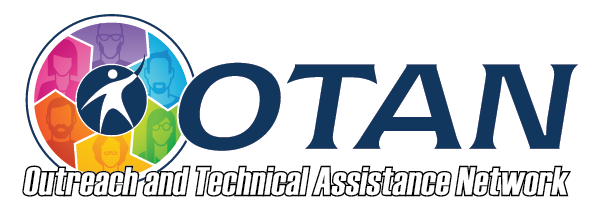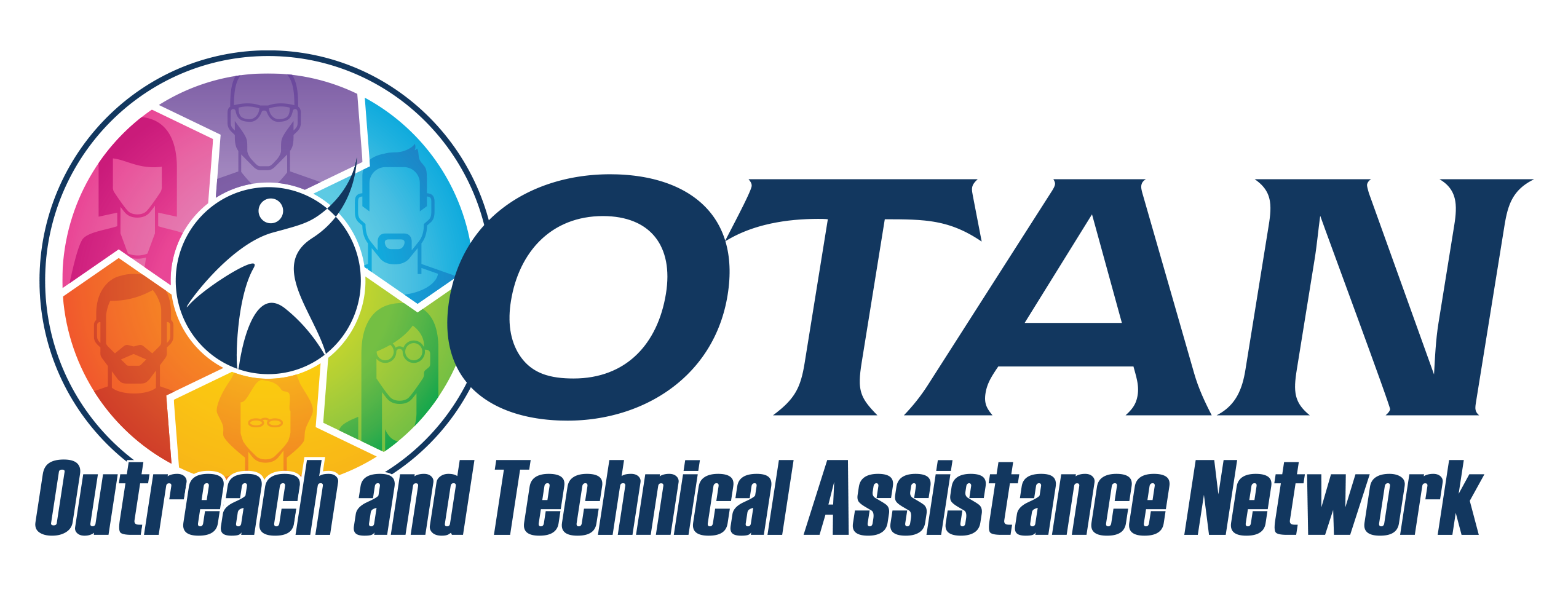Search
Collaborative Description Writing with Images from The New York Times
Details
Activity Description
Protected by Copyright (c) [i.e. screenshot])
Students work together to write a descriptive paragaph about an assigned image from The New York Times Learning Network's "What's Going On in This Picture?"
Preparation
- Check the website to ensure it is not blocked at your site.
- Read through the lesson plan.
- Print and make copies of any handouts.
- Select enough images from the site for students in the class dividied into pairs or small groups to work together to write about one image. Print the images or paste them in a shared Google Doc or Google Slideshow.
- Decide on the target grammar structure or verb tense to focus on. For instance, you may choose students to describe the images in present continuous or simple past or a combination of verb tenses, or you may choose to teach and have students focus on comma usage or transitions, or usage of adjectives and adverbs. Prepare a short lesson on whichever you decide to make the focus.
More Ways
See How to Teach With ‘What’s Going On in This Picture?’ for a guide on using the site's photographs to help students practice visual thinking and close reading skills.
Program Areas
- ESL: English as a Second Language
Levels
- Intermediate Low
- Intermediate High
- Advanced
Lesson Plan
Begin with one image. Ask students to describe the image and record in writing what you elicit. Ask questions to draw out missing details and vocabulary.
Tell students that they will work together to write about an image to practice (the grammar structure or verb tense selected).
Teach a short lesson on the target grammar structure or verb tense selected: present continuous, or simple past, simple past with past continuous, or a combination of verb tenses, adjectives and/or adverbs. Ask questions and model writing based on an image for the target structures/tenses.
Pair or group students in small groups and provide each pair/group with one image. (Note: If teaching synchronously online, a shared Google Slideshow with a group's image on separate slides or Padlet are options. The URL can be shared in the chat, and in break-out rooms, one student can share the screen and type the group's work).
Provide feedback to groups on their writing, encouraging them to add missing details to make the writing more vividly describe their assigned images.
Groups can read aloud their descriptions, and the class can vote on the best team writing.
Students will be able to collaboratively construct written descriptions and negotiate meaning.
Standards
- Writing
- CCR Anchor 4 - Produce clear and coherent writing in which the development, organization, and style are appropriate to task, purpose, and audience.
- CCR Anchor 5 - Develop and strengthen writing as needed by planning, revising, editing, rewriting, or trying a new approach.
- CCR Anchor 6 - Use technology, including the Internet, to produce and publish writing and to interact and collaborate with others.
- Language
- CCR Anchor 1 - Demonstrate command of the conventions of English grammar and usage when writing or speaking.
- CCR Anchor 2 - Demonstrate command of the conventions of English capitalization, punctuation, and spelling when writing.
- CCR Anchor 3 - Apply knowledge of language to understand how language functions in different contexts, to make effective choices for meaning or style, and to comprehend more fully when reading or listening.

